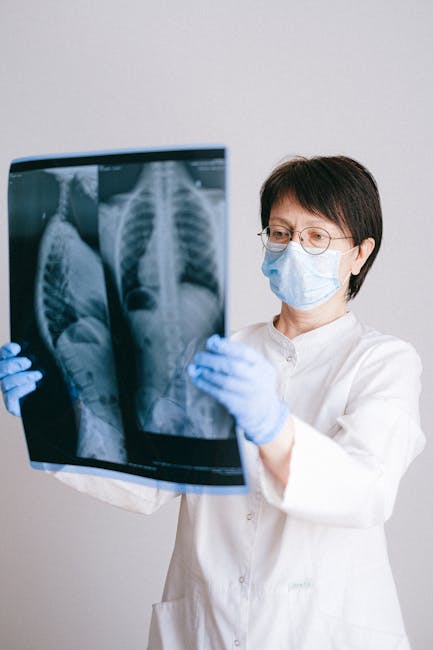
Tips for Flying With Your Pet
Tips for Flying With Your Pet
Traveling by air with your furry companion can be a rewarding experience, but it requires careful planning to ensure their safety and comfort. Whether you’re relocating or simply bringing your pet along for a vacation, these essential tips will help make the journey as smooth as possible.
1. Research Airline Policies in Advance
Not all airlines have the same rules regarding pet travel. Some allow small pets in the cabin, while others may require larger animals to fly in the cargo hold. Check weight limits, carrier dimensions, and any breed restrictions before booking your flight. Additionally, some airlines have seasonal restrictions due to extreme temperatures, so plan accordingly.
2. Visit the Veterinarian Before Departure
A pre-trip vet visit is crucial to ensure your pet is healthy enough for air travel. Many airlines require an up-to-date health certificate issued within a specified timeframe (usually 10 days before departure). Discuss any concerns, such as anxiety or motion sickness, with your vet—they may recommend calming aids or medications.
3. Choose the Right Travel Carrier
Your pet’s carrier should be well-ventilated, secure, and airline-approved. For in-cabin travel, soft-sided carriers are often preferred, while hard-sided kennels are better for cargo transport. Let your pet get accustomed to the carrier beforehand by placing treats and familiar bedding inside.
4. Pack Smart for Your Pet
Prepare a travel kit with essentials like food, water, collapsible bowls, waste bags, and any medications. Attach a labeled bag with your contact information to the carrier, and consider including a recent photo of your pet in case they get lost. If your pet is flying in cargo, line the carrier with absorbent padding.
5. Keep Your Pet Calm and Comfortable
Airports can be overwhelming for pets. Arrive early to minimize stress, and take your pet for a walk before check-in to help them relax. Avoid feeding them a large meal right before the flight to prevent nausea. If possible, book a direct flight to reduce travel time and avoid layover complications.
6. Prepare for Arrival
Once you land, find a quiet area to check on your pet and offer water. If traveling internationally, research quarantine requirements at your destination. Most importantly, give your pet time to adjust—they’ll appreciate some rest and reassurance after the journey.
By following these guidelines, you can help ensure a safe and pleasant flight for both you and your beloved pet. Happy travels! 🐾✈️







